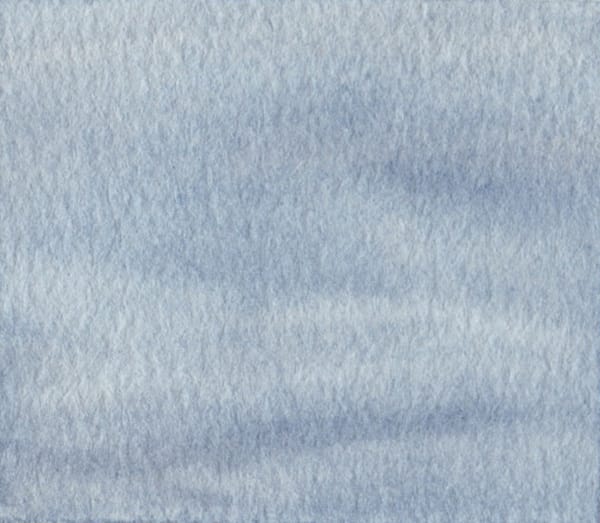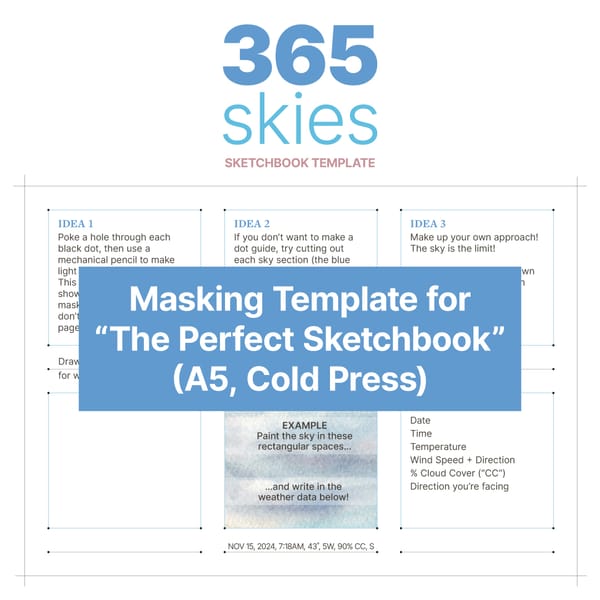Sketchnotes on the fly
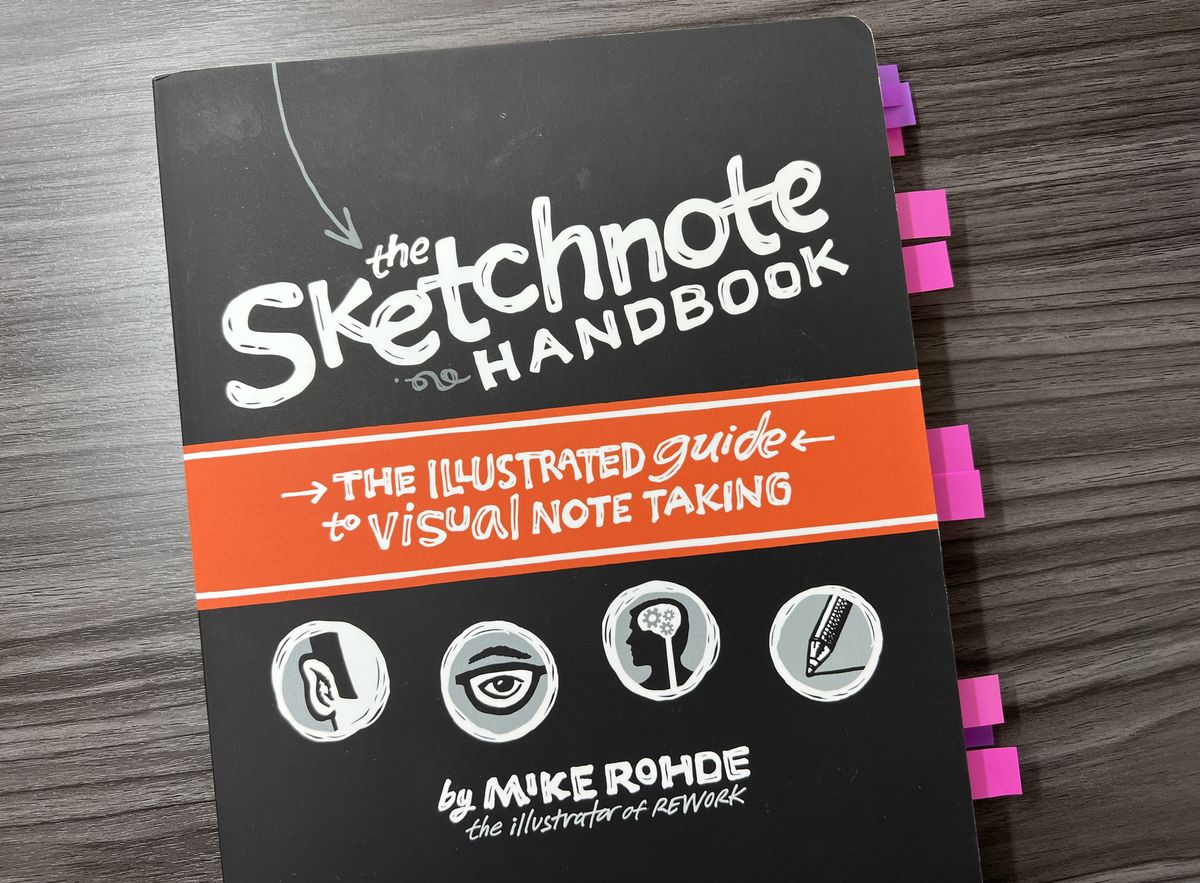
I recently had the opportunity to practice some sketchnoting techniques from Mike Rohde’s book, The Sketchnote Handbook during a presentation given by fly fishing expert Gary Borger at the 2023 Fly Fishing Show in Pleasanton, California.
While I did my best to prepare ahead of time for my first live sketchnote, I came to learn quickly there is no shortcut for the hands-on experience I would gain while sketchnoting for realsies in real time.
Below are my top five takeaways from the “doing” part of sketchnoting (hint: it’s the most important part of sketchnoting):
1. Contrast is king.
The venue had no light source other than a window located far away from the seating area. I had planned on using a pencil for sketching some rough outlines and a fineliner for my main marks and text, however, with the light as low as it was, these tools became unusable. Luckily, the bold, black Tombow Fudenosuke pen in my kit wound up saving the day. The Fudenosuke created enough contrast against the white paper to see what I was doing and became the only tool I used throughout the entire lecture (though I did go back afterward to add a little watercolor).
2. Planning stops as soon as the lecture starts.
The speaker spoke quickly and had a lot of great information to share. As soon as he began his presentation, there was no time for anything but recording each moment as it unfolded, leaving no opportunity to plan my page, lay out sections, or edit my notes. In my rush, I defaulted to a three column layout as that was familiar enough for me to incorporate on the fly, but in the future, I will need to plan and practice alternate layouts ahead of time to become comfortable enough to incorporate them while rushed.
3. Ideas, not art.
The sketches I added to my notes were some of the quickest drawings I’ve ever rendered. They’re rough and sloppy and you know what else? They’re just as instructional as polished pieces because they convey concepts I wouldn’t have had enough time to describe using words alone. The process of drawing these also helped me commit them better to memory. Mike Rohde was right on the money when he wrote that sketchnoting is all about ideas, not art. 👍
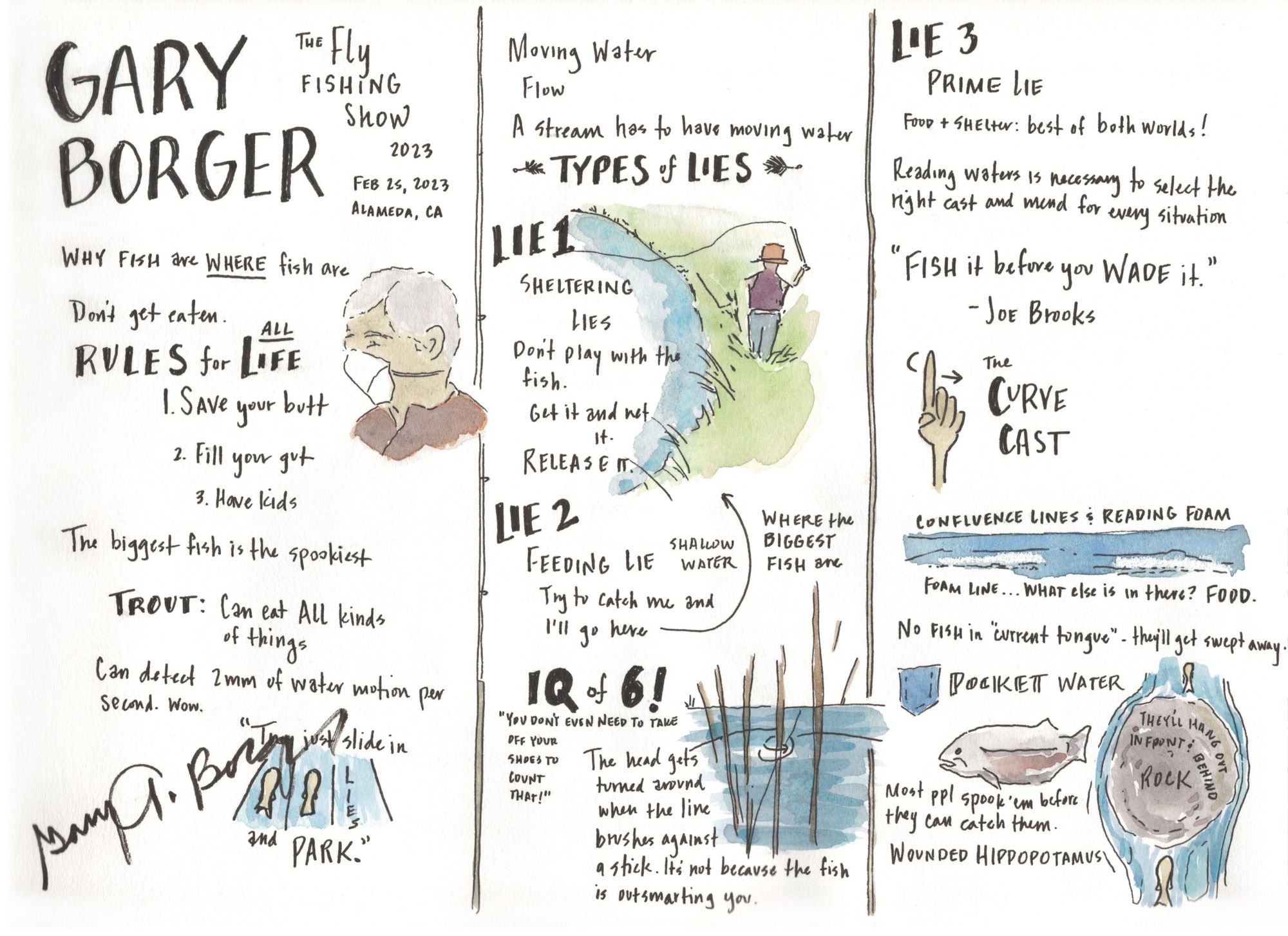
Page one of my two-page sketchnote from Gary Borger's presentation.
4. Use placeholder text.
Gary Borger’s quick pace left me little time to write complete titles and sentences. Wherever I was able to write out just the first few letters of a title or the first several words of a sentence, I saved these for completing afterward. This strategy helped me keep up with most of the key concepts shared during the presentation.
5. Less is more…except maybe for paper size.
I brought my paint kit with me as well as a variety of pencils and pens. In hindsight, it’s unlikely I’ll ever use such a variety during a live sketchnote as the process of switching from one type of tool to another could easily distract me and cause me to miss out on an important concept. In the future, the only additional items I’ll plan to bring with me for a sketchnote will be back-ups of my key tool, which will likely be the Tombow Fudensoke.
I used a 9x12 sketchbook and the size was perfect for my needs as it allowed me to hold my sketchbook comfortably in the crook of my arm without a table. I perched this on top of my small backpack which I situated on my lap, like a little table.
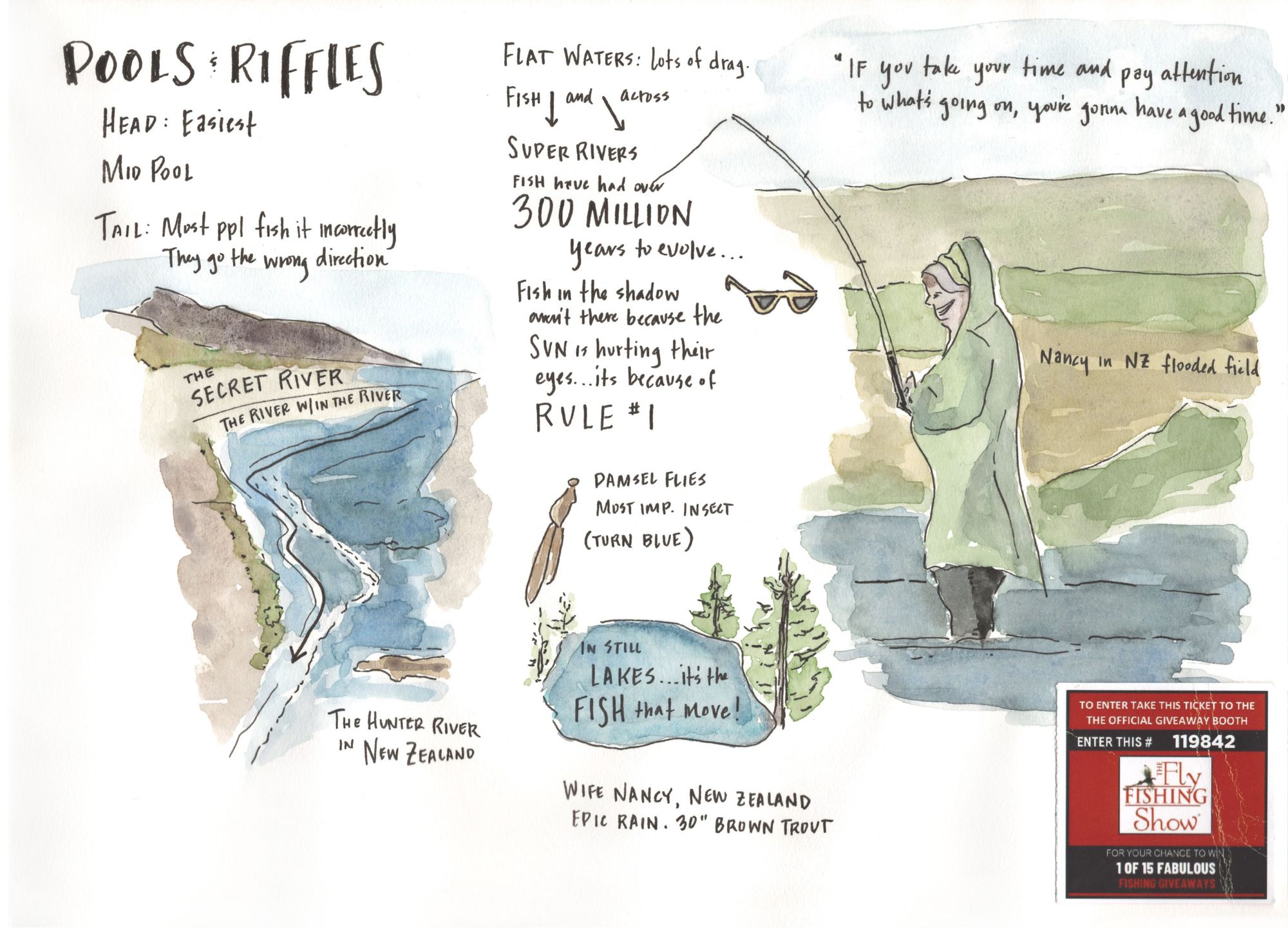
Closing thoughts
It wasn’t until I began sketchnoting live that I truly began internalizing some of the lessons outlined in Mike Rohde’s book. Just like most other aspects of life, there’s no shortcut for experience, no matter how great the instruction...but great books like The Sketchbook Handbook certainly help in preparing you as much as possible prior do the “doing” stage...just make sure you get the most of it by practicing what you learn.
Before I began sketching and journaling in 2020, I hadn’t experienced how writing and drawing about everyday moments can turn the ordinary into the extraordinary and help us absorb and appreciate the world around us. I viewed notetaking as an exercise reserved purely for items one must commit to memory via rote memorization (i.e. exam prep, procedural items, follow-up items, etc.).
Now, sketchnoting is one more powerful tool in my observational arsenal, helping me make the most of lectures, meetings, conversations, and even podcasts and audiobooks.
Many thanks to Mike Rohde and his awesome book for inspiring me to try this. I hope you’ll check out his book and do the same!
Afterthoughts: Gary Borger is my husband’s hero and I was so glad to meet him. We loved his lecture and enjoyed talking with him afterward. He was kind enough to sign my sketchnote. This sketchnote made an engaging lecture into an extra-special memory.


